Chris Columbus’ Pixels opened in cinemas this past weekend, telling the story of a diverse set of arcade game characters which attack our planet. While the movie has not been a runaway success, the short film on which it is based, Patrick Jean’s Pixels, certainly was. When Jean released the short in 2010, it quickly raced to more than 1 million views in the first 24 hours. Hollywood immediately took notice, with the director delving into the feature film version with Columbia Pictures. But how did Jean go from graphic designer to executive producer? fxguide finds out.
https://vimeo.com/10829255
Jean was working as a graphic designer in France after graduating from the computer graphics university Supinfocom when he had the idea for the two minute Pixels short. The story would see a wave pixelated characters (ultimately voxels) attacking New York in the form of iconic arcade hits like Donkey Kong, Tetris, Pac-Man and Space Invaders.
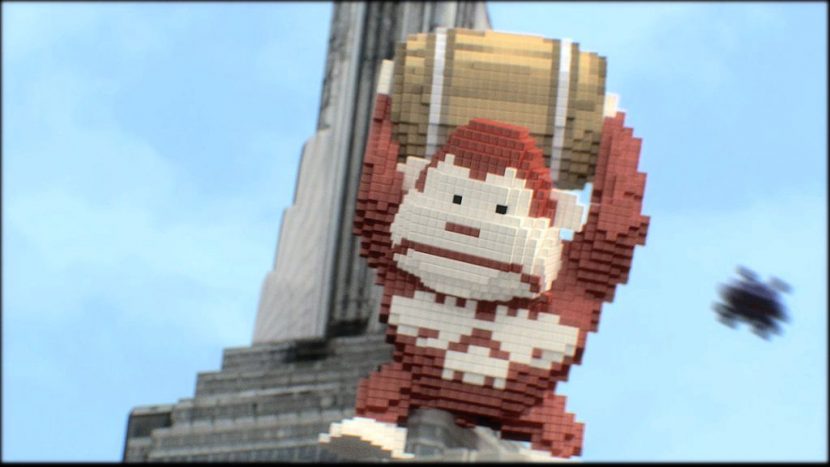
Jean says it was easy to identify which characters to include in the short and how they might behave – for example, Donkey Kong scales the Empire State Building. But he also found that some ideas worked and some did not. “I had a Lemmings scene with a bunch of Lemmings jumping from the ledge of a building on people in the street. But that one didn’t work: it was too cute and not destructive enough.”
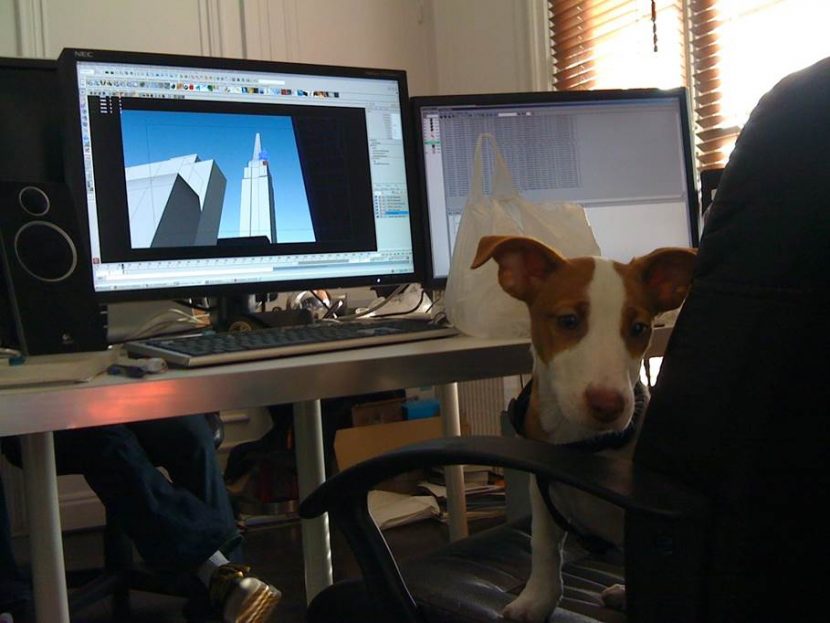
Jean produced storyboards and then shot live action plates in New York. It was, in his assessment, a simple shoot which involved himself, a location manager and DP Matias Boucard. The plates were acquired mostly handheld with a rented Canon 5D Mark II. “The footage was stabilized in post and remapped as plates,” notes Jean. “This way I had a total control on the camera pans and tracks. That way, I was able to do a 3D version of the short as well! But only my friends have seen that one.”
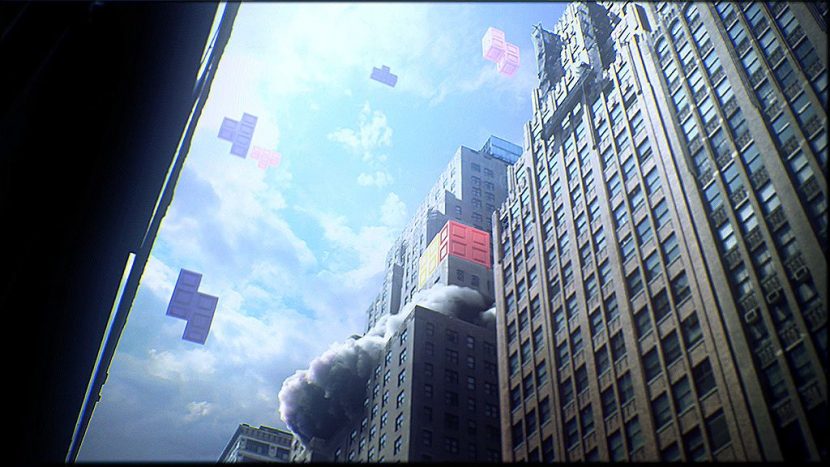
The animated characters, which included iconic arcade hits like Donkey Kong, Tetris, Pac-Man and Space Invaders, were realized in voxelized form using a Maya plugin called GRID3D. “It’s able to voxelize any object you want: polygons, particles, curves,” explains Jean. “I used it extensively with camera-mapping for the short.” Jean’s only other tool used to complete the visuals for the short was After Effects. He handled some of the sound himself and also received help from a professional sound designer.
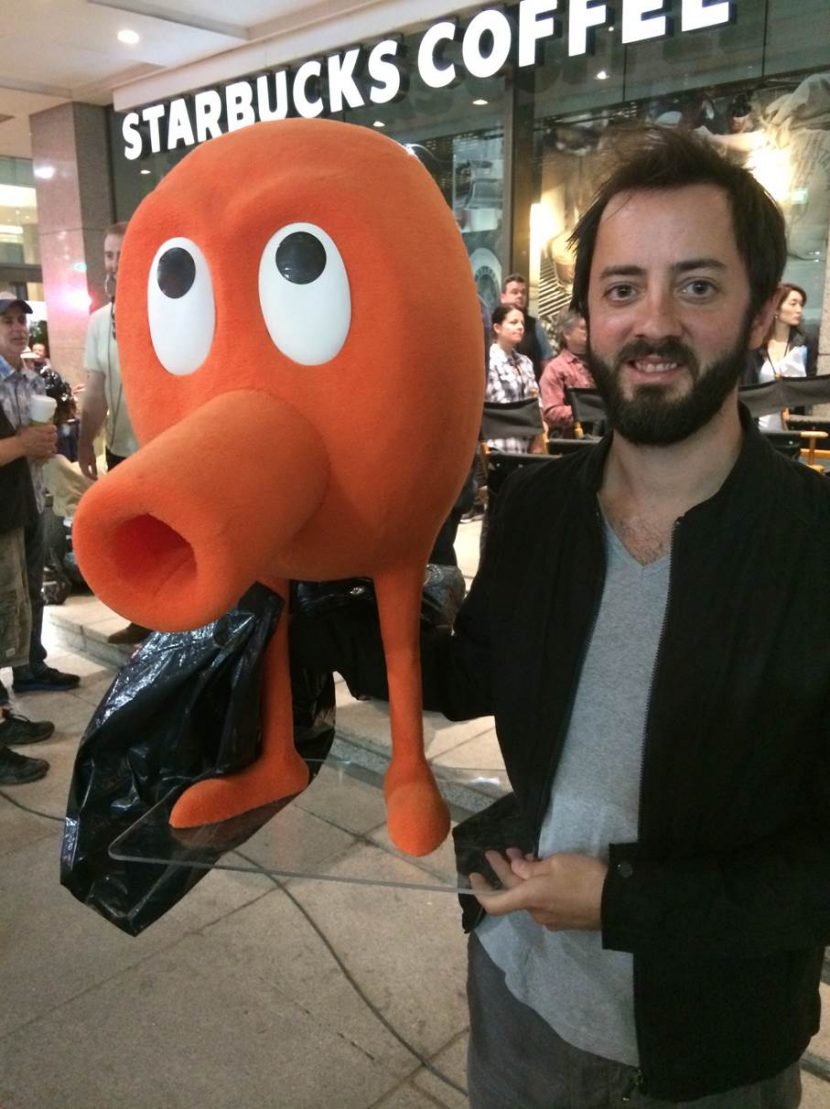
Since taking the online world by storm with Pixels – which also won an Annecy Cristal in 2011 – Jean has been directing commercials and music videos, while developing his first feature film, Omni Visibilis, an adaptation of a French comic book.

Reflecting on the creation of the short, Jean suggests it was always more than just an assembly of pretty pictures. “I tried to create a piece that had several levels of meaning in it. You could see it simply as the revenge of the Eighties, who are pissed of that we’ve forgotten them. Besides this ‘the past is coming back’ idea, there’s also an ecological message, with the discarded TV. And an allegory of the digital reality conflicting with the reality itself, only to eat it completely.”
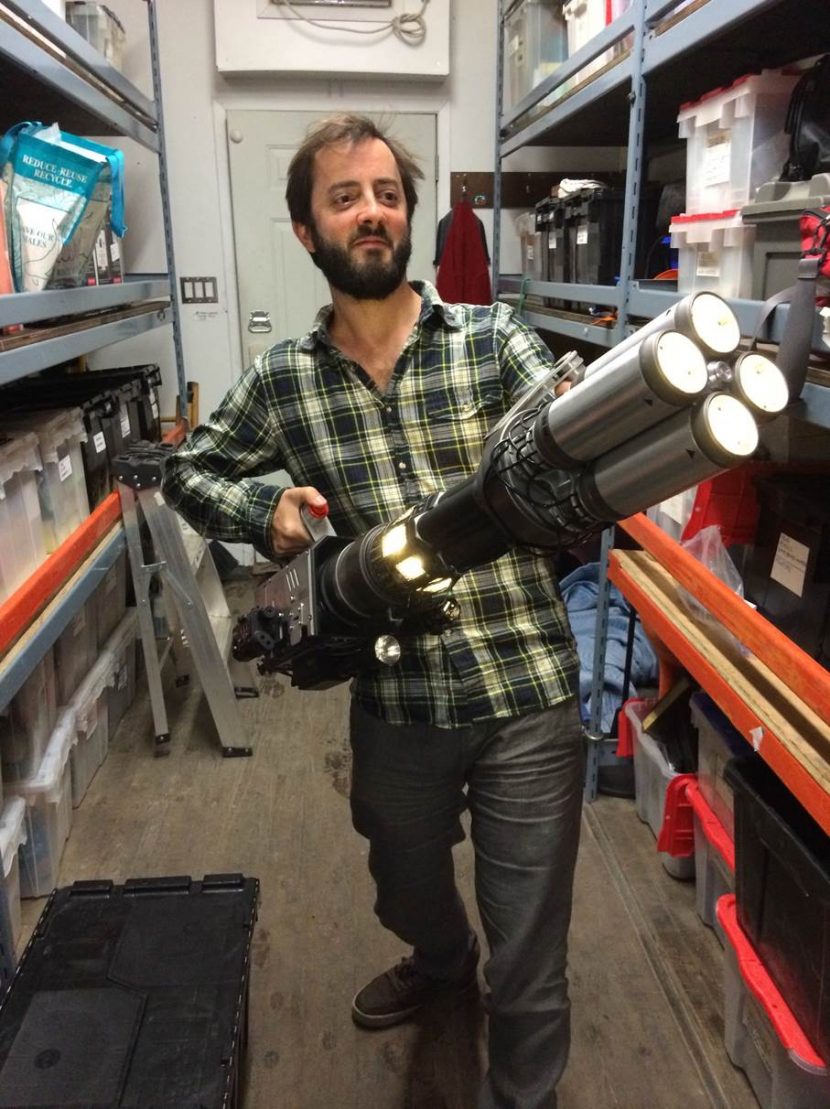
You can find out more about Patrick Jean’s recent projects at his website, and also read our coverage of the Pixels feature film here at fxguide.
